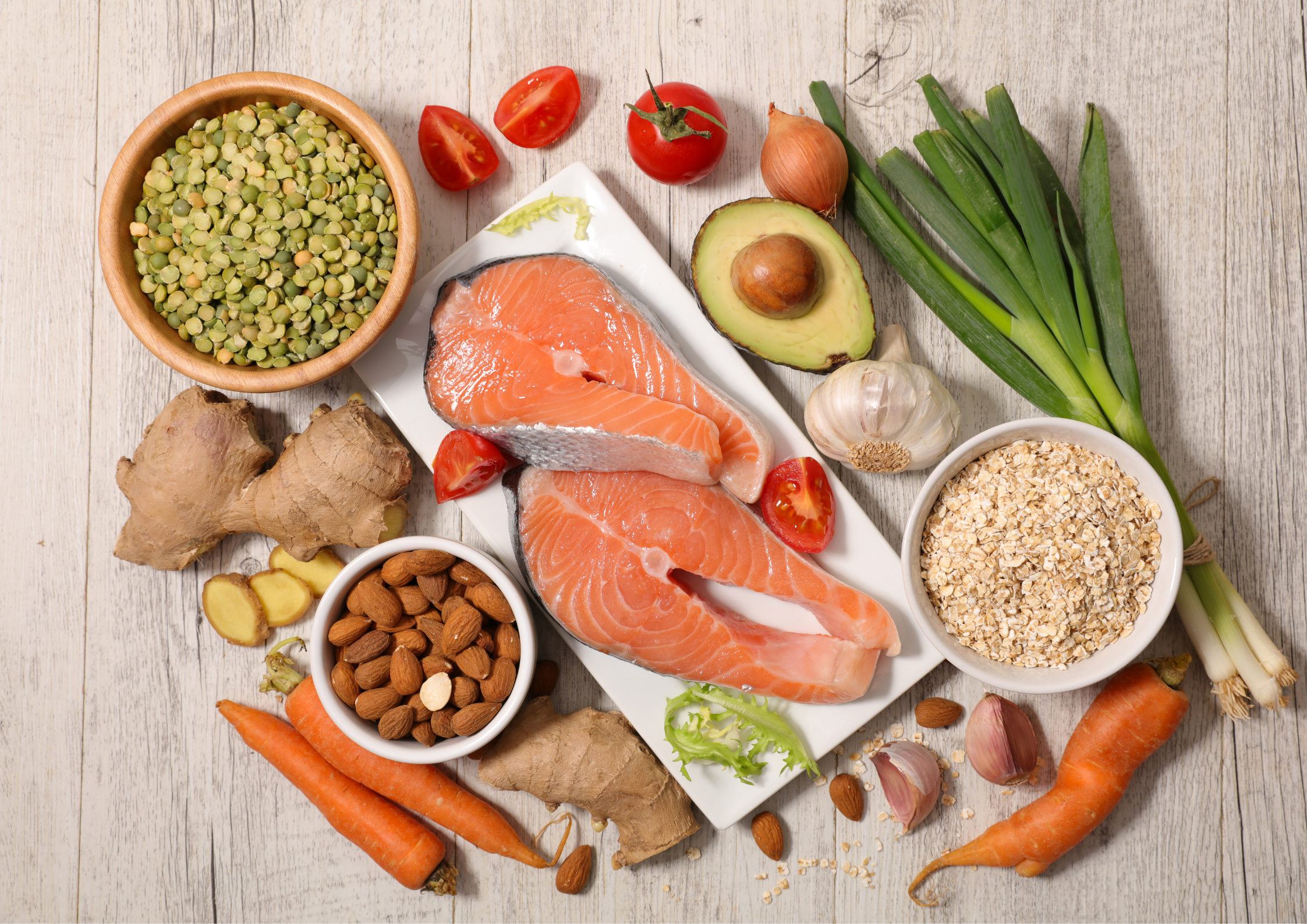Date of the last update: 17.12.2021
Eating habits are formed throughout a person’s entire life, from early childhood – under a significant influence of parents and environment –up to adult food choices. These habits are closely linked to both taste preferences and emotions a person associates with a given food. Thus, one of the most significant difficulties for anyone wishing to change their habits is to give up food that makes them feel euphoric, that is, sweets. Is it really possible to change one’s habits? Which food groups should be given special attention when deciding to introduce changes?
Table of Contents:
- Changing eating habits versus education
- Healthy eating habits – what are they?
- Changing eating habits – where to start?
You can read this article in 3 minutes.
Changing eating habits versus education
Eating habits are formed in childhood; therefore, mistakes made back then may be difficult to break in adult life. Consequently, it is worth realising the importance of nutrition education, which unfortunately does not stand at a high level in Poland. According to a 2019 CBOS survey, the majority of surveyed Poles believe they eat a healthy diet – regardless of what they actually eat. More than half of the respondents eat meat and animal products at least several times a week. Cereal grains or fish, on the other hand, are eaten occasionally. 24% of respondents eat sweets or cakes every day. As many as 10% drink sweetened drinks like Coca-Cola every day.
Thus, a logical conclusion is that Poles neither eat healthily (as promoted by the WHO or the Polish National Food and Nutrition Institute) nor have adequate knowledge of what healthy eating habits should be like.
Healthy eating habits – what are they?
Healthy eating habits are a complex issue that includes the type and quality of food and the quantity and regularity of food intake. Although there are many books and articles available on healthy eating, the easiest way to learn about healthy habits is to look at the Pyramid of Healthy Eating and Physical Activity. What should you look out for in particular?
- Fruit and vegetables form the bottom of the pyramid. They are the essential food group and should make up at least half of the daily meals. The proportions are significant – ¾ are vegetables, and ¼ are fruit. It should be remembered that fruit, although a rich source of vitamins, is also rich in simple sugars, and that should be avoided.
- Many Poles should consider limiting the consumption of meat and products of animal origin as a critical point in changing their eating habits. Even though, according to the Central Statistical Office, in 2019, meat consumption fell by 20% compared to the previous year, many of us do not follow the recommendations of the National Food and Nutrition Institute on this issue. According to the NFNI, meat consumption should preferably be limited to 0.5 kilograms per week.
- Fat and animal protein should be replaced by plant-based products, including pulses which are a complete source of protein.
- Healthy eating habits also include regular exercise, limiting sugar and salt, drinking at least 1.5 litres of water a day and eating regular meals. This perfectly demonstrates how broad this topic is, which is about so much more than just excluding fast food from our daily menu.
Check out also: How Do Probiotics and Prebiotics Work?
Changing eating habits – where to start?
Eating habits that have been established for years can be challenging to overcome, even if we really want to. First of all, you need to realise how serious the problem is. If your eating habits have contributed to developing an eating disorder, the best option is to seek professional help from a dietician or psycho-dietitian. However, the first step is always to admit the problem to yourself and take an independent decision to introduce changes without any external pressure. Whatever the motivating factor – the desire to lose weight, improve your health or wellbeing – an informed decision to change your eating habits for the better is always a good step towards a higher quality of life.
Explore more: What are flavonoids and what is their effect?
Sources:
https://www.cbos.pl/SPISKOM.POL/2014/K_115_14.PDF
http://www.izz.waw.pl/zasady-prawidowego-ywienia

